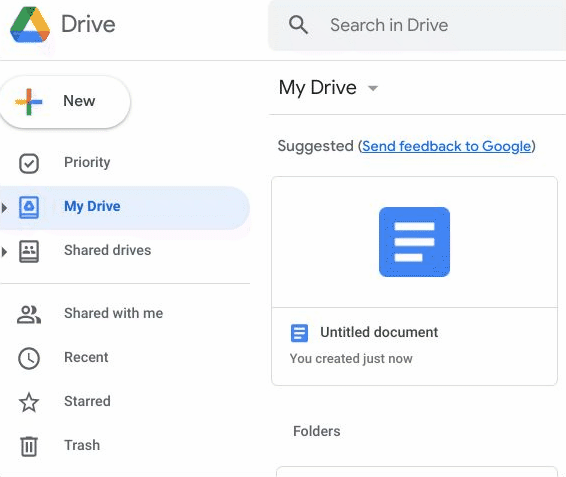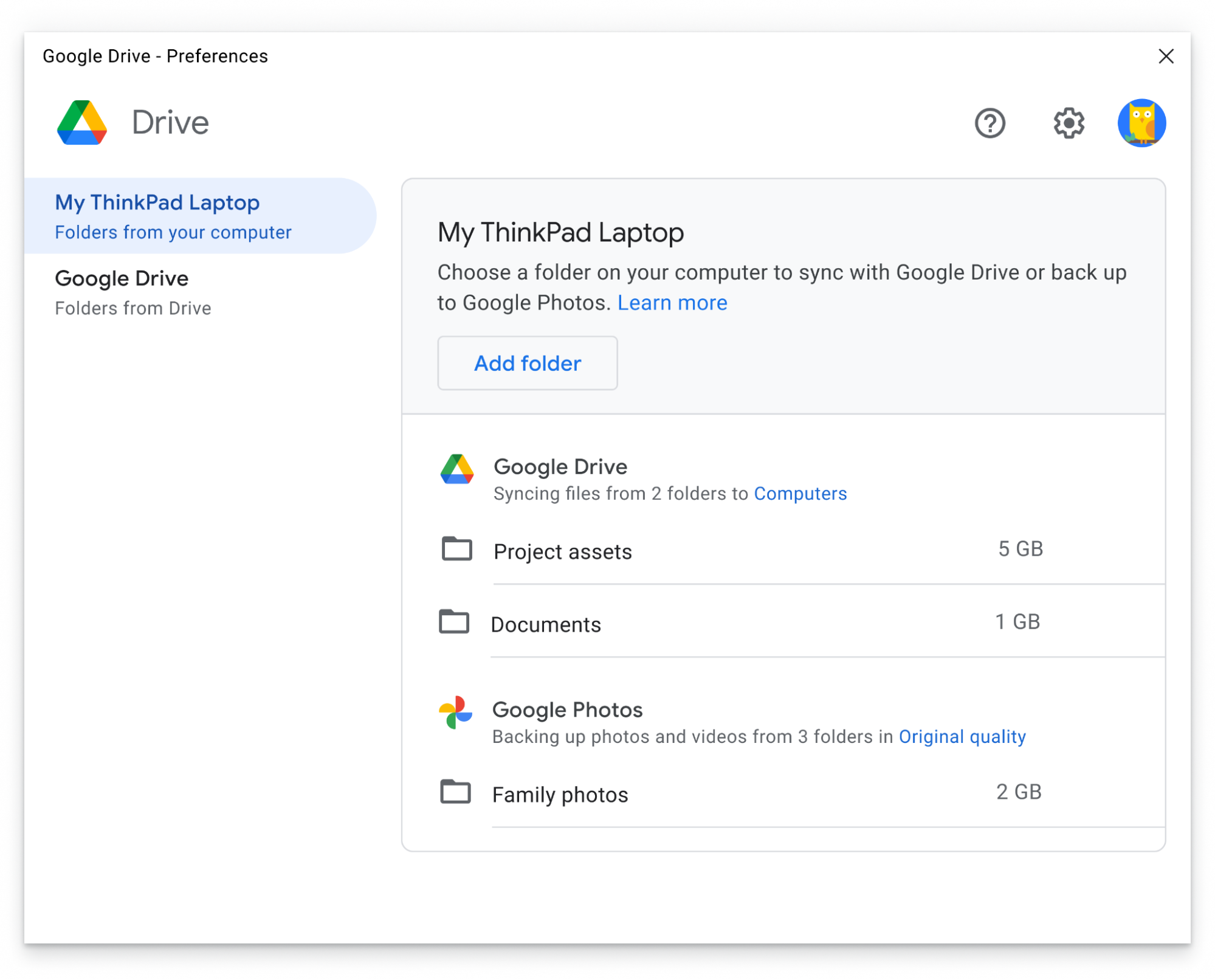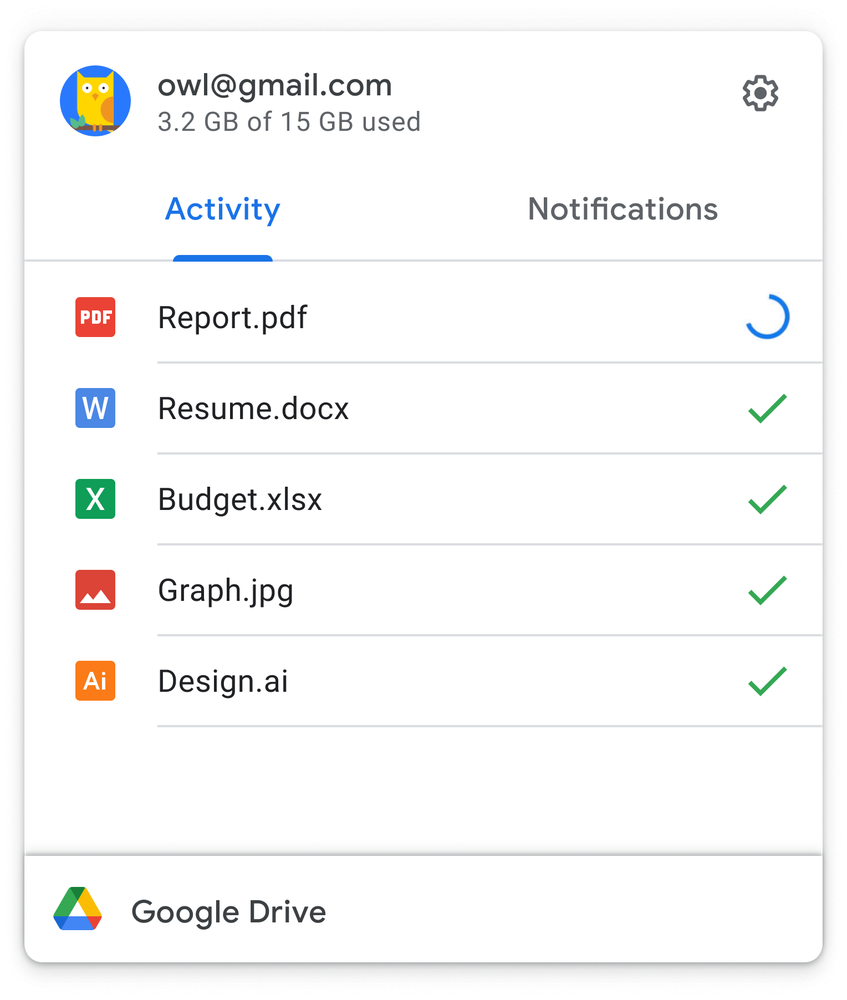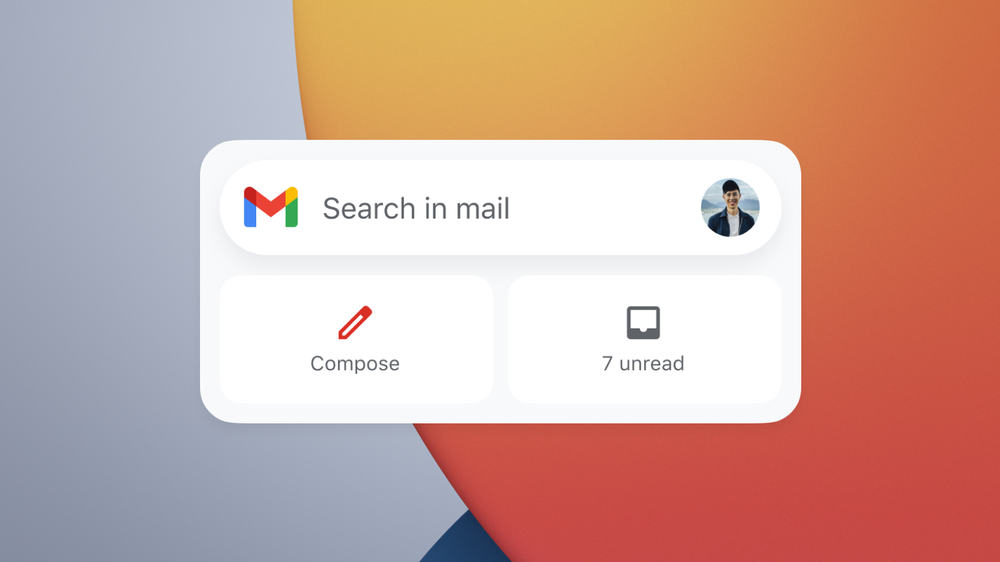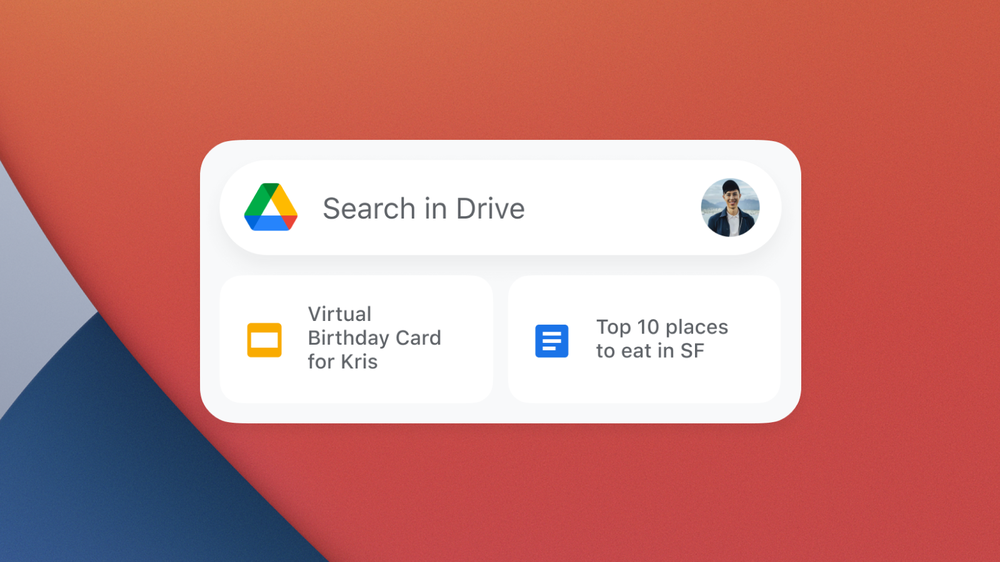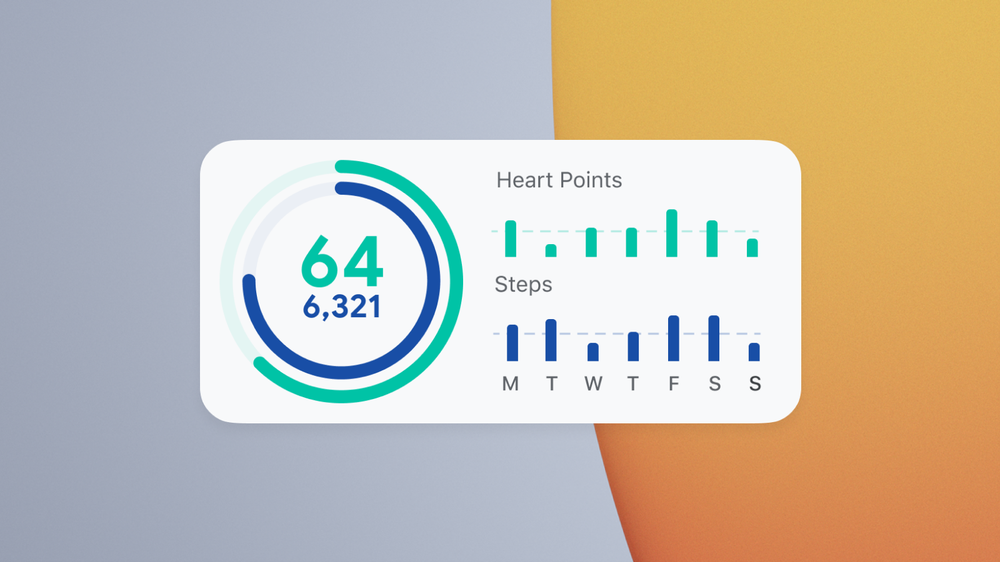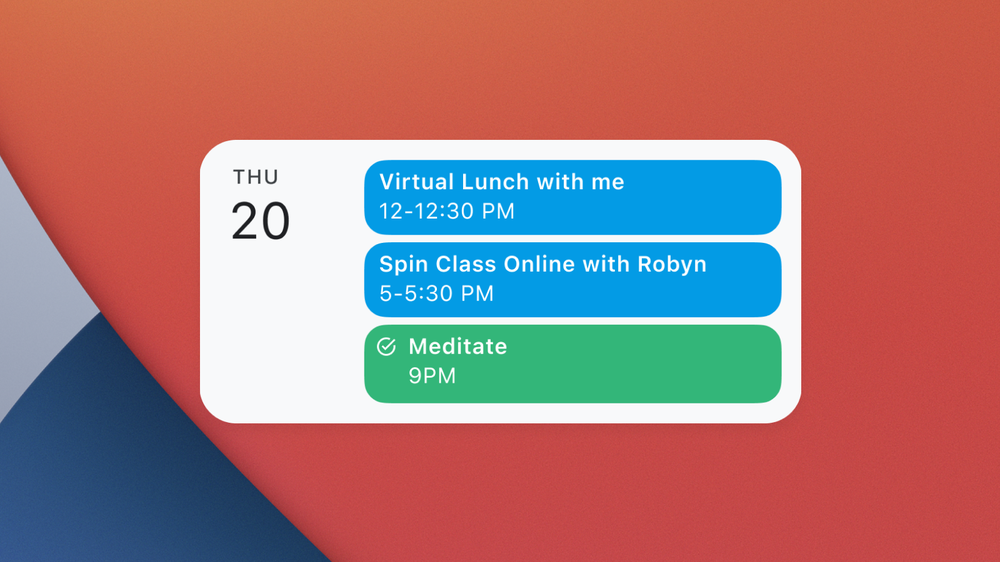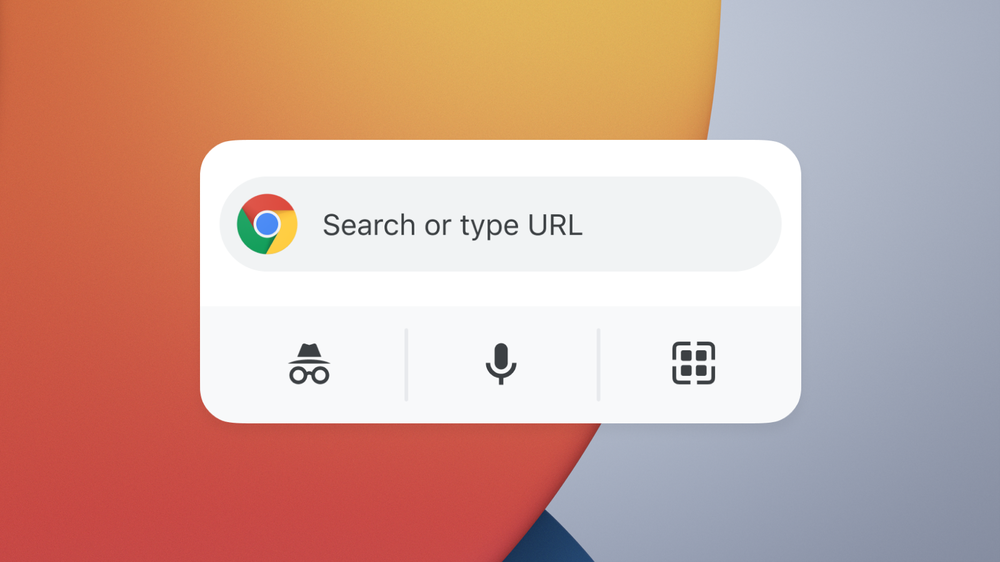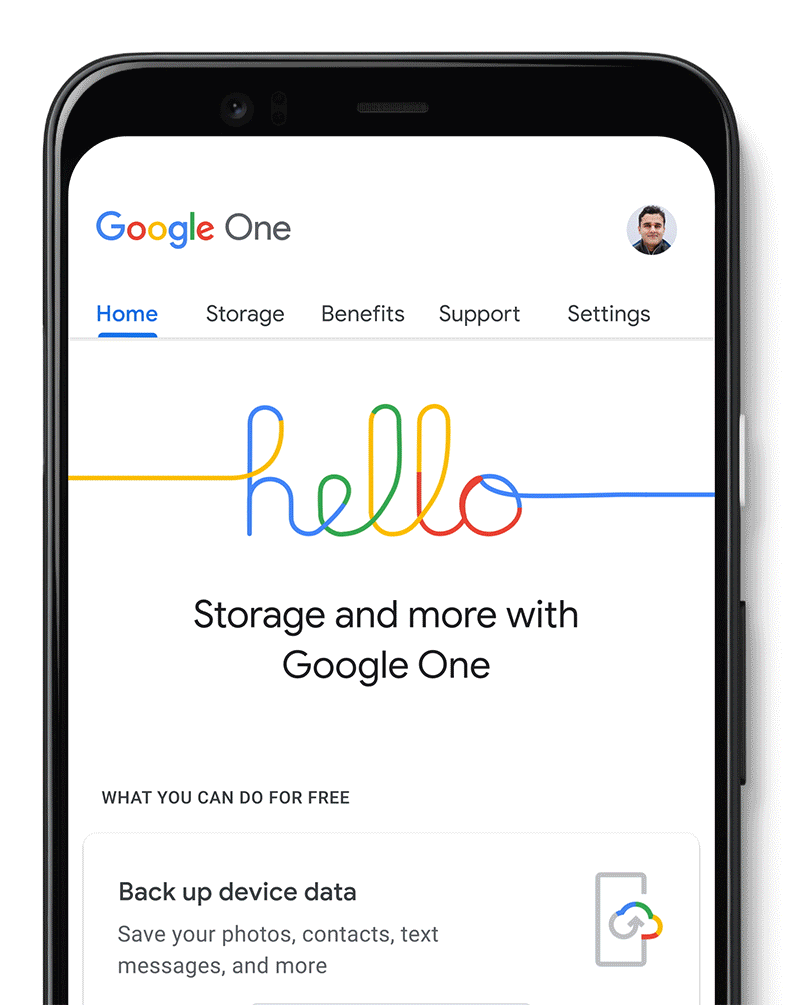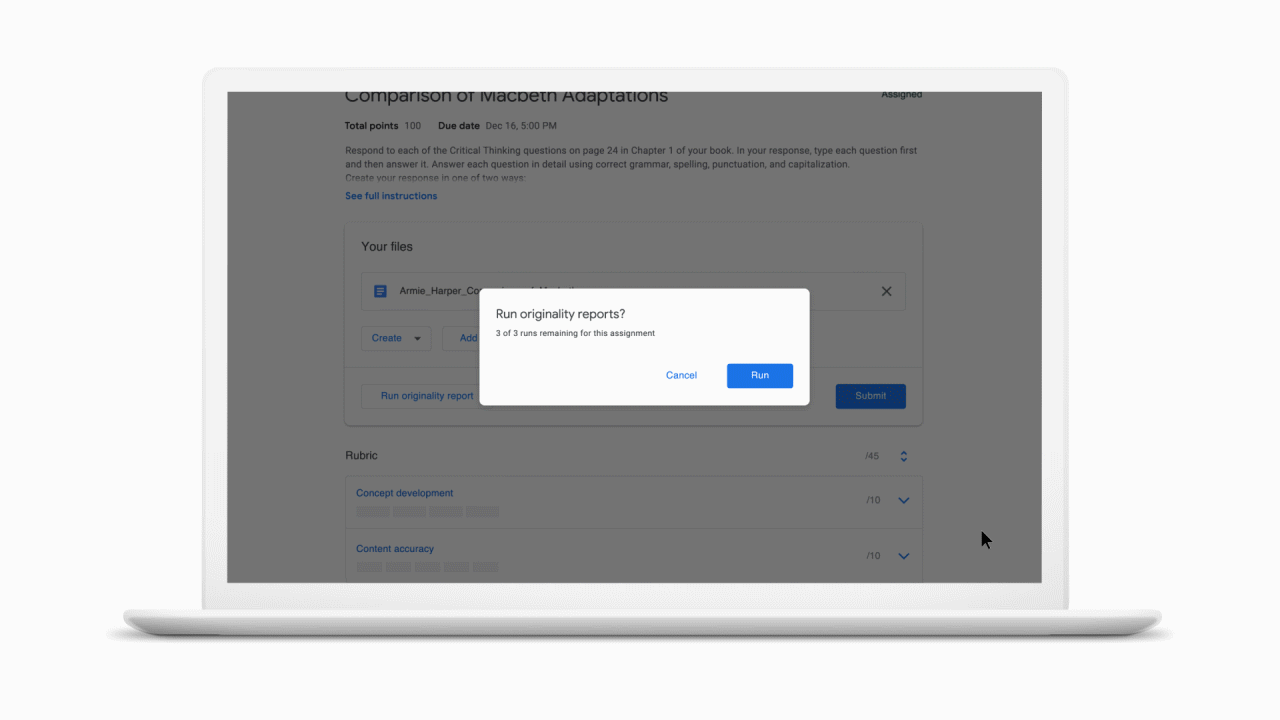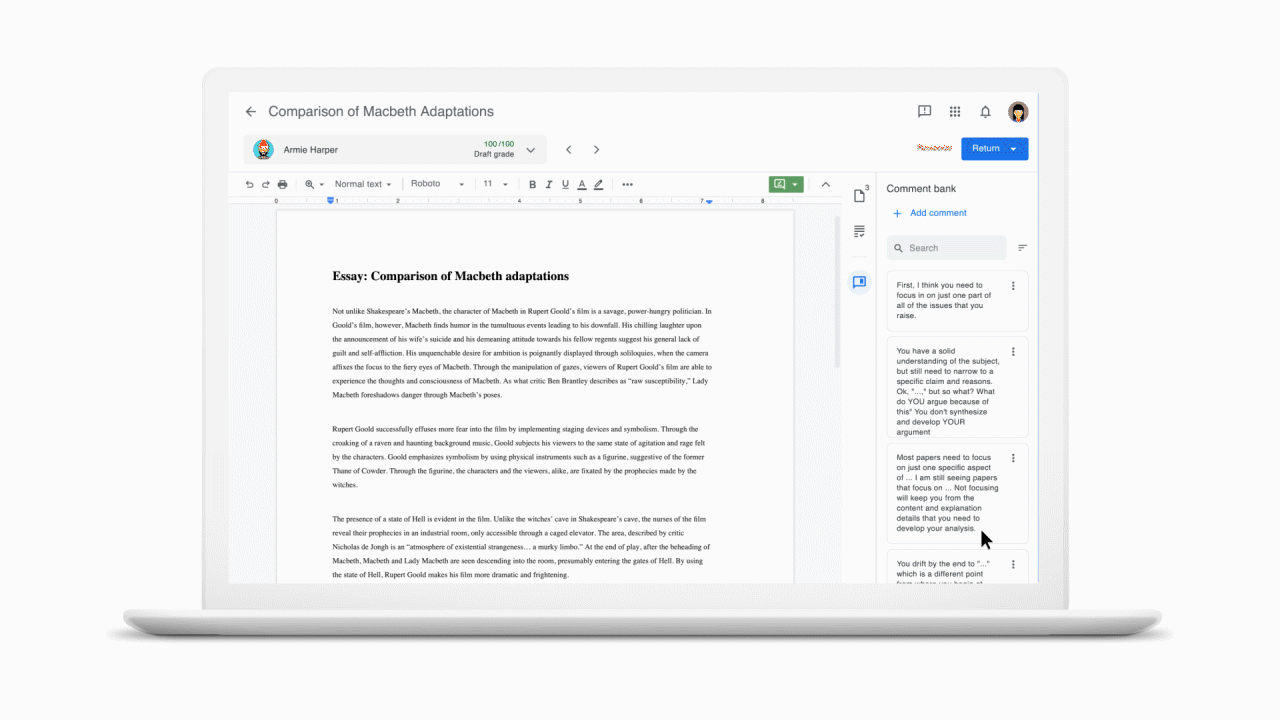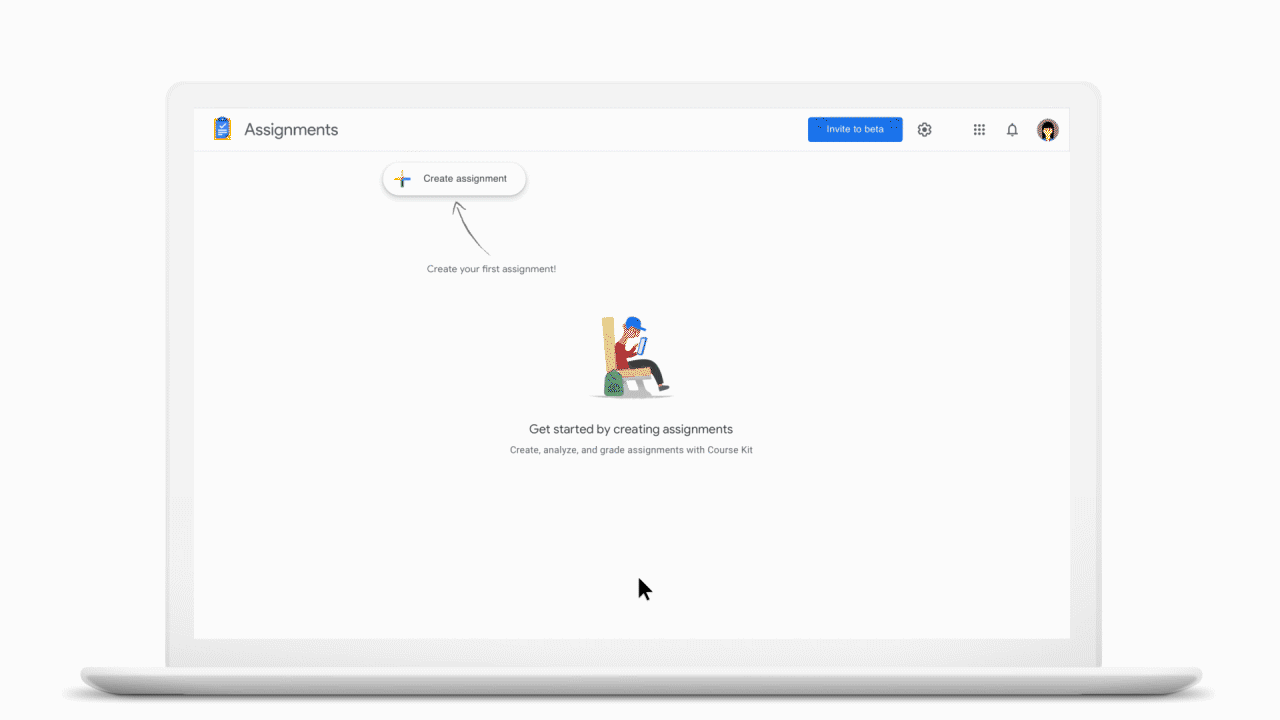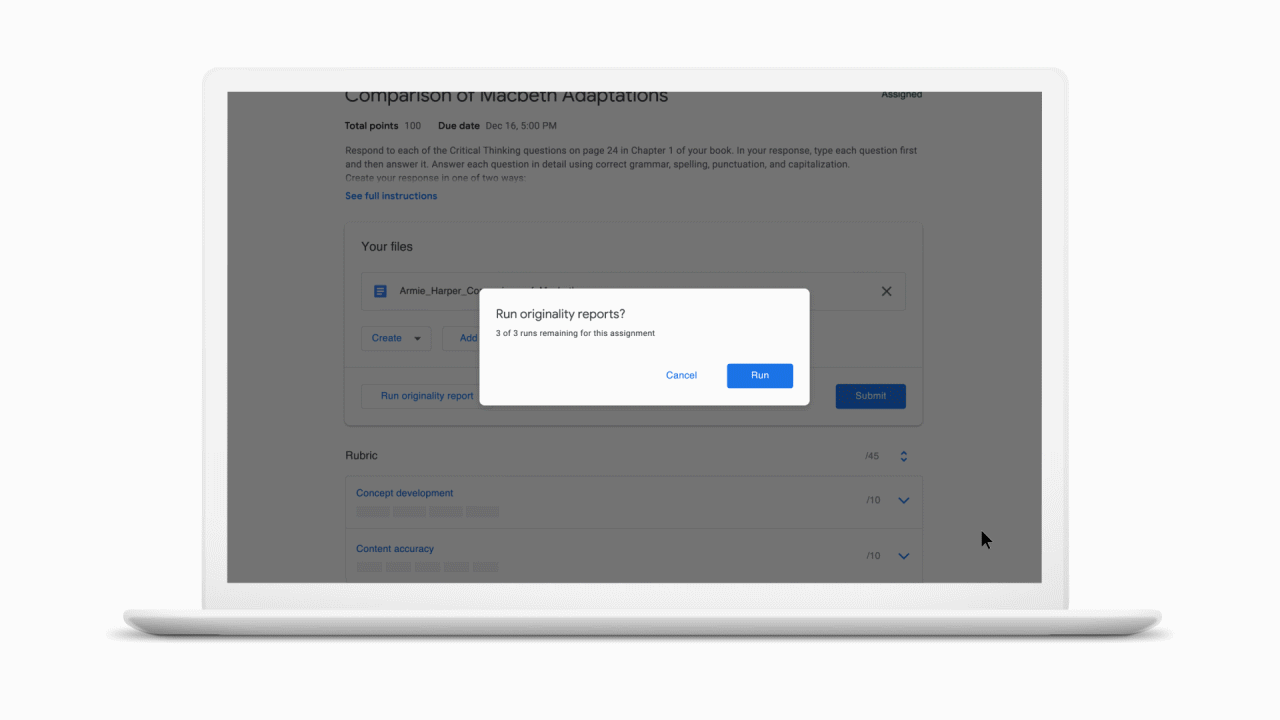For my Texan family, anything is an opportunity to barbecue: a long weekend, some good weather, or just a good day in general. For years, a barbecue has been our simple way to get our loved ones together — and there wouldn’t be much planning involved.
We’d have an invitation sent around with a date and a suggested time, and that’s about it. Yet after years of barbecues, questions like “who’s coming again?” and “can someone send me the group photos?” still circled the picnic table. Somehow we didn’t have a system for our tradition, which got frustrating when we started having more guests than space.
I decided to do something about it. Encouraged by memories of our growing tradition (and the chance to become the favorite grandchild), I started researching tools to plan family gatherings. Thanks to lessons from Google’s Applied Digital Skills program, I’ve learned how to add some coordination to our barbecues. Now, I can easily keep track of plans and many of my family’s memories using some of my favorite apps in Google Workspace. Here’s how to do it when you’re planning your own family barbecue or reunion picnic.
Kick off your planning with Google Calendar
The most important part of any family reunion is… family! If it’s your responsibility to invite them, you want to let them know early, even though you might not have all the details finalized. Thankfully, Calendar lets you send modifiable invitations. So if later you decide to hold the picnic in your aunt’s backyard instead of the park, you can easily change the location in the invite and send an email update to guests.
And to make sure you’re on top of everything, Calendar helps you remember events and things on your to-do list through notifications and Google Tasks. To learn how to use both features, I took the Organize Your Day with Google Calendar and Create Task in Calendar lessons. Afterwards, I knew how to customize notifications that only alerted me about an event when it was most helpful for me. I also learned about calendar entries called Tasks that you can use to prompt yourself to remember small things like “pick up groceries for the family reunion.” Like events, you can even make these entries repeat for the tasks that require frequent attention.
How to make a Task repeat in Google Calendar
Use folders in Google Drive to organize your memories and documents
Once you’ve scheduled everything, you’ll want a place to store your important documents and memories. Fortunately, Drive offers a place to keep all of your family reunion files, and a way to organize them through folders, subfolders and color coding.
With so many options, I took the Use Google Drive to Organize Files and Folders lesson to learn the best way to organize my family’s memories. I needed a system that made the Google Sheet with everyone’s contact information and all of the photos from the barbecue easy to find. I started with one overall folder to share with my family and then created color-coded subfolders to separate order receipts from recipes and nostalgic videos. Before I knew it, our family reunion folder started to resemble a digital scrapbook. As pictures of my grandpa as a child, a candid photo of my mom hugging my sister, and my grandma’s pound cake recipe poured into the folder, my heart began to melt. And with the option to star files that especially remind me of home, I’m able to easily revisit those memories when I miss family.
A folder to hold family reunion files with color-coded subfolders
Use Gmail to stay in touch
Whether it’s to organize the potluck or make travel arrangements, you’ll need to send information to family members. Gmail can help you keep up with all your communication. Worried that everything might get buried in your inbox? The Communicate Using Email lesson teaches you how to label and look up emails so you can keep up with it all.
With labels, you can tag emails so they’re organized into folders where you can easily find them later. You can also search for an email by subject line, contact name or even a keyword. This comes in handy when you’re looking for all those pesky order confirmations. And when the reunion is over, you can archive all of the emails you don’t need anymore to take them out of your inbox. But they’ll still be available in a folder named “All Mail” if you need to look at them again.
Keep making memories
Since I’ve taken the Applied Digital Skills lessons, I’ve taught my family to use Google Workspace to keep track of guests, events and memories. It’s become a way to digitally log our growing family interactions. If you want to learn even more about Calendar, Drive and Gmail, check out the Google Calendar for Beginners, Google Drive for Beginners and Gmail for Beginners in the Google Workspace for Beginners collection.
